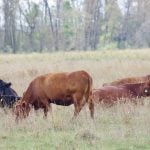
Tag Archives Soil

Putting grazing theory into practice
Clayton Robins suggests a grazing system of high-energy forage can hone the best gains while regenerating pastures

Give roots a chance to do their job, says soil ecologist
Australian soil expert says that by focusing on farming light you can build the biological activity in soil and boost pasture productivity
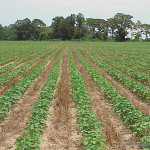
Strip till beats no till for soil improvement
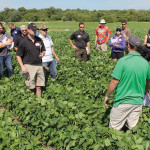
Black earth doesn’t equate to warmer soil temperatures
Spaces went fast for this year’s Manitoba Pulse & Soybean Growers SMART Day
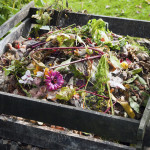
The importance of composting
Understanding how to make and use compost important as problem of waste disposal continues to grow

Winter no barrier to composting
Manure composting has many benefits, including concentrated nutrients, reduced volume, no smell and easy transport
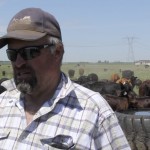
Editorial: Increasing your farming options

On the lookout for soybean cyst nematodes
But make no mistake, this new destructive pest is coming and farmers can learn more about it July 22 at the SMART Soybean Day in Carman
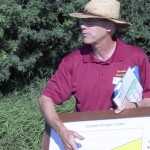
VIDEO: Successful nodulation in soybeans
Crop Diagnostic School: Very dry or wet soil conditions can make rhizobium establishment difficult

Tips on naturally recycling your kitchen wastes
Prairie Fare: Spinach Artichoke Dip (Slow Cooker)


